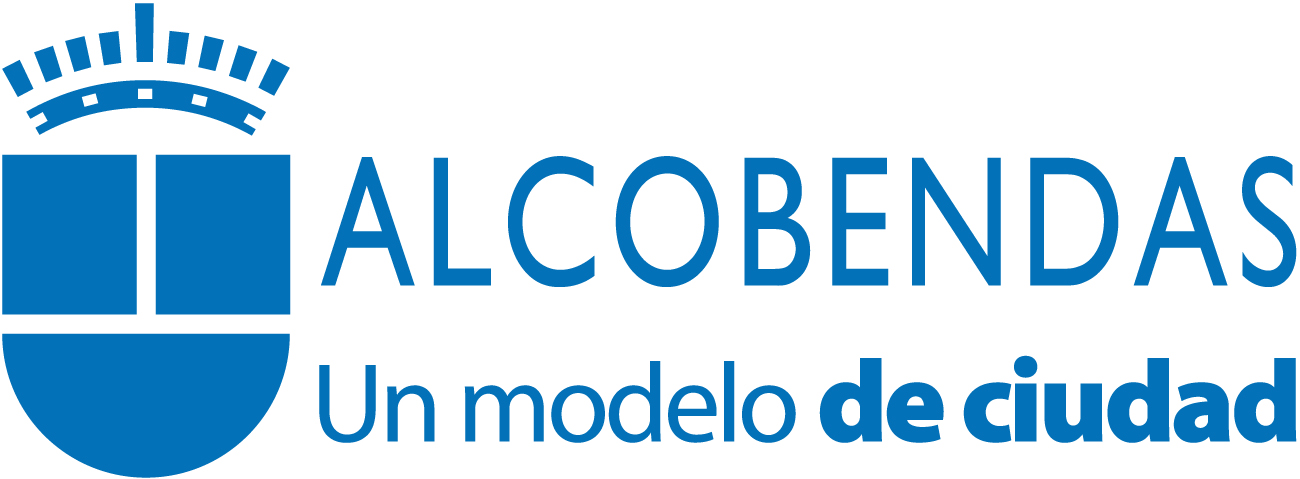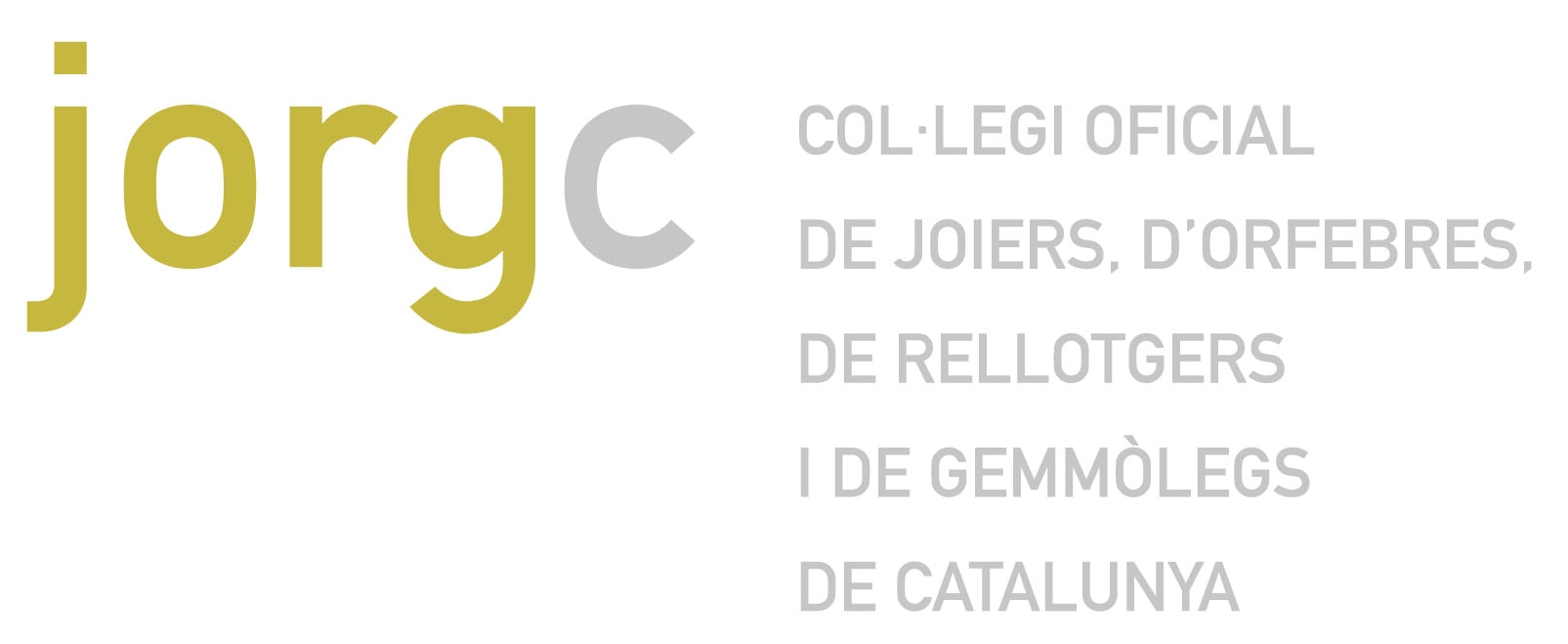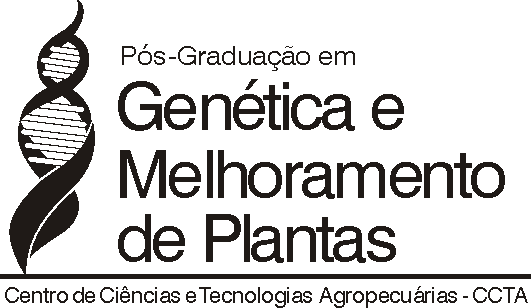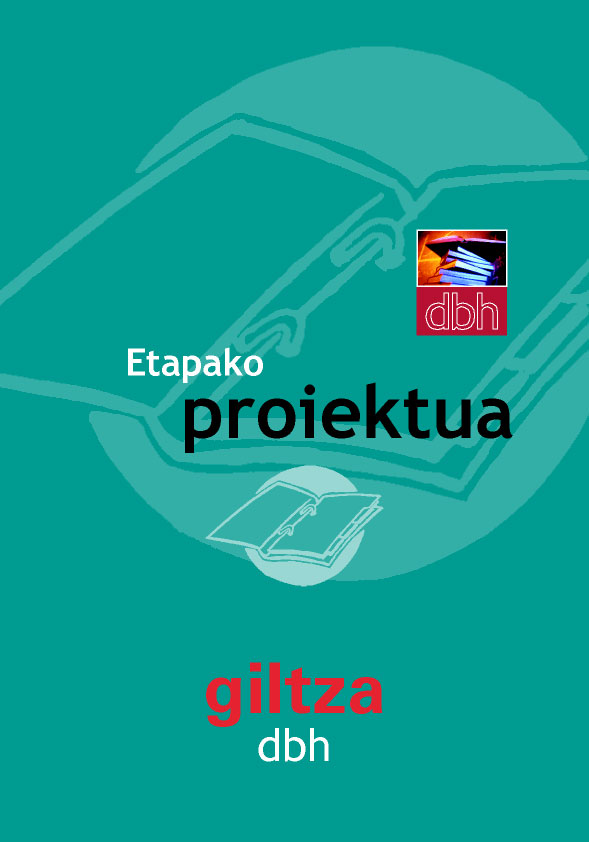101621 RECEPTORSTIMULATED GUANOSINE 5’–O–(–THIO)TRIPHOSPHATE ([35S]GTPS) BINDING TO G PROTEINS
101621 RECEPTORSTIMULATED GUANOSINE 5’–O–(–THIO)TRIPHOSPHATE ([35S]GTPS) BINDING TO G PROTEINSBROJ 161016214913313 DATUM 17052013 GODINE NA OSNOVU TAČKE II
BROJ 161016214913313 DATUM 17052013 GODINE NA TEMELJU TOČKE II
Receptor-Stimulated Guanosine 5’–O–(–Thio)triphosphate Binding to G Proteins
Receptor-Stimulated Guanosine 5’–O–(–Thio)-Triphosphate ([35S]GTPS)
Binding to G Proteins
I. Introduction
A. G-protein receptors are activated via stimulation of heterotrimeric () guanine nucleotide-binding proteins (G proteins).
1. they are attached to the inner face of the plasma membrane.
B. These proteins are activated after ligand binding and catalyze the exchange of GDP by GTP bound to the subunit.
to study the initial steps of G-protein activation by agonist-bound receptors in a quantitative manner, we wish to analyze the binding of radiolabeled GTP analogues
in particular, we wish to use analogues which are not hydrolyzed by the GTPase activity of the G-protein subunits
One such analogue is Guanosine 5’–O–(–[35S]Thio)triphosphate ([35S]GTPS)
it has a high affinity for all types of G-proteins
it is available with a high specific activity
although unstable in the unbound form, it is not hydrolyzed when bound to the G-protein
II. The GTPS Assay
A. [35S]GTPS is purchased from New England Nuclear (1000-1400 Ci/mmol; t1/2 = 90 days)
the mixture arrives in a concentration of about 10M and should be stored at –80oC
we dilute it down 100x to 0.1M with 50mM Tris-HCl, pH 7.0
B. The reaction mixture is made from a baseline activity buffer with the following contents:
1. 50mM Tris-HCl (pH 7.4)
2. 5mM MgCl2
3. 1mM EGTA (as a chelating agent)
4. 0-150mM NaCl
Added to this will be
1. 2mM GDP to maintain G-protein in inactive state (see below)
2. 0.04-0.5 nM [35S]GTPS (0.5nM concentration gives about ~50nCi activity)
3. ligand or ligand + antagonist or no ligand or cold GTPS as controls for basal binding
C. The assay is performed as follows, for receptors with Gi-bound proteins:
1. tissues are pre-incubated with assay buffer + 0.1% BSA for 10 minutes at 25oC
2. assay buffer is removed and tissues are then incubated for 15 minutes in assay buffer + 0.1% BSA containing 2mM GDP at 25oC
3. GDP assay buffer is removed and tissues are then incubated for 2 hours at 25oC in assay buffer containing 0.1% BSA, 2mM GDP, 1mM DTT, protease inhibitor (0.1mM phenylmethylsulfonyl fluoride, 1g/ml aprotinin, 1g/ml leupeptin, 1g/ml pepstatin, 1mM iodacetamide), 0.04 nM [35S]GTPS and desired agonist/antagonist combination
a. use DAMGO (10M) as positive control
b. use naloxone (1-10M) with DAMGO (10M) to assess agonist/antagonist basal binding
c. use no agonist to assess basal [35S]GTPS binding
d. after step 2, a separate set of tissues are incubated for 2 hours in assay buffer containing no GDP, 1mM DTT, protease inhibitor (0.1mM phenylmethylsulfonyl fluoride, 1g/ml aprotinin, 1g/ml leupeptin, 1g/ml pepstatin, 1mM iodacetamide), 0.04 nM [35S]GTPS and a saturating concentration (10M) of cold GTPS
1. this important step is to assess nonspecific [35S]GTPS binding
2. use DAMGO or OFQ (10M) as positive control
3. use desired agonist (1-10M) to assess agonist basal binding
4. terminating the incubation
a. remove assay solution from tissues then dip slides into ice cold Tris buffer for 2 minutes (50mM Tris-HCl, pH 7.5), and repeat a second time
b. briefly wash in ice cold de-ionized water (30 seconds)
c. air dry slides, then put to film for 20 hours
III. GTPS Assay Parameters
The major strategy here is to minimize agonist-independent binding to G-proteins without lowering agonist-dependent induced binding. Ideally, the incubation time and assay buffer/agonist amount per slide should be kept at a level at which no more than 20-30% of the total added [35S]GTPS is bound.
To accomplish this, the assay system must be adapted to the respective G-protein interacting with the receptor being studied (Gi/o -vs- Gs)
A. Mg2+ concentrations
1. in most membrane systems studied, agonist-induced increases in [35S]GTPS binding to G-proteins is optimal at millimolar concentrations (1-5mM) of free Mg2+
B. EGTA
1. very important to chelate Ca2+ and facilitate agonist-stimulated GTP binding
2. do not use EDTA, as it will chelate Ca2+ and Mg2+, taking the Mg2+ out of solution
C. GDP concentrations, temperature and NaCl concentrations
1. in membrane preparations, the G-proteins are in a GDP-bound form and, therefore, any type of agonist-independent binding of [35S]GTPS to G-proteins is limited by the dissociation of GDP from the binding sites
2. two components may contribute to this agonist-independent reaction:
a. spontaneous, receptor-independent dissociation of G-protein bound GDP
b. GDP release induced by agonist-unbound receptors
3. the extent of spontaneous agonist-independent release of GDP from G-proteins differs between various cells types and G-protein subtypes, so several approaches are used to adapt the assay to each respective system:
a. incubation at 30oC for 1hr creates very high basal binding of [35S]GTPS. This can be overcome with increasing concentrations of GDP (Weiland, Fig. 1)
b. presence of NaCl at an optimal concentration of 100-150mM has been shown to increase the inhibitory influence of GDP on basal [35S]GTPS binding
1. this is thought to be via uncoupling of G-proteins from unoccupied receptors
c. incubation at 0oC creates very low basal binding of [35S]GTPS, and agonist-stimulated binding is easily differentiated even with no GDP added.
1. addition of GDP exerts negative effects on receptor-induced binding at 0oC
2. addition of NaCl also exerts negative effects at these conditions
Two incubation conditions should be considered for minimal basal binding when measuring receptor-stimulated binding of [35S]GTPS to Gi or Go proteins
incubation at 0oC, with no GDP or NaCl present (Weiland, Fig. 1)
incubation at 25-30oC with optimal concentrations of GDP or NaCl
D. Receptors with Gs proteins are fewer in number than Gi, and have fewer G-proteins associated with them than Gi associated proteins
1. membranous Gs proteins have a low spontaneous rate of GDP dissociation, such that agonist binding only induces only a slightly significant increase of [35S]GTPS binding
a. addition of GDP and NaCl only decreases receptor-induced binding in these systems and, therefore, should be avoided
b. also, agonist-independent binding of [35S]GTPS in this system is probably due to binding to GDP-free G proteins other than Gs
2. to reduce agonist-independent binding in this Gs system, tissues must be treated with NEM (N-Ethylmaleimide) and/or unlabeled GTPS
3. N-Ethylmaleimide is a thiol group alkylating agent that is known to modify cysteine residues on pertussis toxin-sensitive G proteins
a. NEM-treated Gi/o proteins cannot be activated by receptors
b. NEM-treated Gs -adrenergic receptors demonstrate a 35% decrease in isoproterenol-independent [35S]GTPS binding, but isoproterenol-induced [35S]GTPS binding remains unchanged under these conditions.
4. a similar reduction in agonist-independent binding of [35S]GTPS in Gs receptor systems is obtained by treatment of the membranes with a saturating concentration of unlabeled GTPS
a. it is thought that unlabeled GTPS binds preferentially to G proteins with a high spontaneous GDP release, preventing binding of radiolabeled GTPS to these proteins
b. a combination of NEM with cold GTPS can lower agonist-independent binding up to 75%, without affecting -adrenoceptor-induced increases in [35S]GTPS binding
assay for NEM/GTPS treatment of tissues prior to Gs-induced [35S]GTPS binding, to reduce agonist-independent binding of the [35S]GTPS
a. protocol 1 (designed for membrane preparations)
incubate tissues for 30 minutes at 0oC in 50mM Tris-HCl (pH7.4), 10mM NEM and 1mM EGTA (or EDTA)
add 150mM 2-mercaptoethanol solution (1:10 dilution to give final 2-mercaptoethanol concentration of 15mM) to stop the protein alkylation by NEM
tissues are then briefly washed in 10mM Tris-HCl (pH 7.4) at 0oC
next, incubate tissues for 30 minutes at 30oC with 50mM Tris-HCl, 5mM MgCl2, 1mM EGTA (or EDTA) and 1m unlabeled GTPS
tissues are again briefly washed in 10mM Tris-HCl (pH 7.4) at 0oC, then incubated with assay buffer as above
b. protocol 2 (tissues)
tissues are pre-incubated with assay buffer + 0.1% BSA for 10 minutes at 25oC
assay buffer is removed and tissues are then incubated for 15 minutes in assay buffer + 0.1% BSA containing 2mM GDP and 10M NEM at 25oC
a. alternatively, tissues are incubated for 15 minutes at 25oC in 50mM Tris-HCl (pH 7.4) and 10mM NEM prior to 15 minute incubation in GDP assay buffer
GDP assay buffer is removed and tissues are then incubated for 2 hours at 25oC in assay buffer containing 0.1% BSA, 2mM GDP, 1mM DTT, protease inhibitor (0.1mM phenylmethylsulfonyl fluoride, 1g/ml aprotinin, 1g/ml leupeptin, 1g/ml pepstatin, 1mM iodacetamide), 0.04 nM [35S]GTPS and desired agonist/antagonist combination
tissues are treated as for receptors with Gi-bound proteins, similar agonist/antagonist concentrations, controls and film exposure times.
IV. Discussions with Laura Sim (Bowman Gray University – 336-716-3803)
The major strategy is to minimize agonist-independent binding to G-proteins. This is very difficult to do, and the primary agent that has helped with this has been high amounts of GDP.
A. Assay incubations
1. use the assay buffer with high GDP concentrations in Coplan jars with the tissues. They have been able to use the solutions two times, but have not tried three. She discards all solutions after two uses
2. high amounts of GDP are just necessary, and they run expensive assays to run with tissues in the Coplan jars. They use a lot of ligand also
3. although they use 10 minutes in assay buffer and 15 minutes in assay buffer with GDP, there is no magic in these numbers. Any amount of time in either of these is sufficient.
4. they have tried different incubation times (1, 2, and 3 hours) and have found no real differences, but two hours appears to be best and we should use it
5. it is important to stop the solution in two Tris washes (cold, 2 minutes), followed by 30 seconds in cold water
B. Mg2+ concentrations and EGTA
1. have tried various Mg2+ concentrations, and find 5mM to be the best
2. do not use EDTA, as it will chelate both Ca2+ and Mg2+, taking the Mg2+ out of solution, when we only want to remove the Ca2+
3. they have not tried DTT in solutions, but doubt it will hurt
C. Gs protein receptors
1. levels of these G-proteins are low, compared to Gi protein amounts per receptor
2. Gs is too closely associated with adenylate cyclase, verses the Gi protein, which is more closely associated with the receptor, making it more easily bound by GTP with stimulation
3. they have had no luck with attempts in several Gs systems
a. tried NEM and wiped out DAMGO and still had no D1 activity
they have not tried NEM
they have not tried cold GTPS
D. Exposure times
1. for ORL1 and DAMGO, they use about 2 days
2. for dynorphin agonists and U50, use 2-3 days; rarely use less than 2 days.
this may be related to them not directly applying buffers to tissues?
References
Sim, L. J., Selley, D. E. and S. R. Childers (1997) In Vitro autoradiographic localization of receptor-stimulated [35S]GTPS binding in brain. Neuromethods: G Protein Methods and Protocols. 31:1-27.
Sim, L. J., Selley, D. E. and S. R. Childers (1997) Autoradiographic visualization in brain of receptor-G protein coupling using [35S]GTPS binding. Methods in Molecular Biology: Receptor Signal Transduction Protocols. 83:117-132.
Sim, L. J., Selley, D. E. and S. R. Childers (1995) In vitro autoradiography of receptor-activated G proteins in rat brain by agonist-stimulated guanylyl 5'-[[35S]thio]- triphosphate binding. Proceedings of the National Academy of Science, USA. 92:7242-7246.
Sim, L. J., Xiao, R. and S. R. Childers (1996) Identification of opioid receptor-like (ORL1) peptide-stimulated [35S]GTPS binding in rat brain. Neuroreport. 7:729-733.
Sim, L. J., Selley, D. E., Dworkin, S. I. and S. R. Childers (1996) Effects of chronic morphine administration on opioid receptor-stimulated [35S]GTPS autoradiography in rat brain. Journal of Neuroscience. 16:2684-2692.
Wieland, T. and K. H. Jakobs (1994) Measurement of receptor-stimulated guanosine 5'-O-(-thio) triphosphate binding by G proteins. Methods in Enzymology. 237:3-13.
Tags: ([35s]gtps) binding, 5’–o–(–[35s]thio)triphosphate ([35s]gtps), binding, guanosine, 5’–o–(–thio)triphosphate, receptorstimulated, 101621, proteins, ([35s]gtps)
- PERCEPCIJA I POTROŠNJA VINA MEĐU MLADIMA U HRVATSKOJ RADMAN
- INDUSTRIAL AND TECHNOLOGY EDUCATION TEACHER PREPARATION IN CALIFORNIA STANDARDS
- AS OF AUGUST 1 2013 10000 LIMIT AMENDS GS
- DOM RODZINNY SPOSTRZEGAMY JAKO ŚRODOWISKO MIŁOŚCI I OPIEKI BEZPIECZNE
- III FORUM SOCIAL MUNDIAL DA SAUDE III FORUM SOCIAL
- MODULE 6 REGLEMENT ÉVALUATION DE L’IMPACT
- FEDERACIÓN ESPAÑOLA DE BOXEO ANEXO I DECLARACION DE NO
- S ISTEMA NACIONAL DE DEFESA CIVIL – SINDEC DECLARAÇÃO
- ¿CÓMO SABER QUE CADENA PEDIR PARA MI MOTOSIERRA? PARA
- NORTH EUROPEAN CHAMPIONSHIPS DISCIPLINES – 1415 APRIL 2018 AGE
- RÉPUBLIQUE CENTRAFRICAINE QUESTIONS DORIENTATION POUR LES SOUMISSIONS SUR LE
- NZQA UNIT STANDARD 24396 VERSION 2 PAGE 3 OF
- ASOCIACIÓN DE AMAS DE CASA CONSUMIDORES Y USUARIOS
- POR LA CUAL LA COMISIÓN DE REGULACIÓN DE ENERGÍA
- SPECIFIC DETAILS PARAGRAPH A SPECIFIC DETAILS PARAGRAPH DEVELOPS THROUGH
- GREEN THUMB BOOK BY JOAN ENGUITA MUSIC BY NANCY
- PRIMAR NEDELCU NICOLAIE LISTA PRIVIND VENITURILE SALARIALE ALE PERSONALULUI
- NA TEMELJU PRAVILA ODVJETNIČKOG ZBORA OSIJEK DONESENIH TEMELJEM ČL
- 34 MORAN HABIT JBSP EDMUND HUSSERL’S PHENOMENOLOGY OF HABITUALITY
- EIA PROYECTO LEVANTAMIENTO SÍSMICO 2D Y 3D REGIONAL
- NZQA UNIT STANDARD 26534 VERSION 3 PAGE 4 OF
- SAMPLE TEAM MEMBER MEETING ROLE SIGN UP SHEET (FROM
- VÁŽENÁ PANÍ DOKTORKO VÁŽENÝ PANE DOKTORE DNE 2242008 BYLO
- MEMORANDUM TO BRIAN MORTIMER CLERK OF SENATE FROM ANN
- 2020 – 2021 COURSE CODE DIRECTORY AND INSTRUCTIONAL PERSONNEL
- 552011 (IV 12) KORM RENDELET A SZÉCHENYI PIHENŐ KÁRTYA
- NATIONAL COMMUNICATIONS AUTHORITY GUIDELINES FOR APPLICATION FOR COMMUNITY FM
- ATTN BUSINESS REAL ESTATE LEGAL EDITORS LDD EXPANDS INTO
- POLYFIX PU–7005–PG ÇİFT KOMPONENTLİ PLAY GROUND ( POLİÜRETAN KAUÇUK
- ATTACHMENT I PAGE 3 OF 6 CALIFORNIA DEPARTMENT OF
DZIAŁANIA I „DOBRE PRAKTYKI” PODEJMOWANE PRZEZ JEDNOSTKI ORGANIZACYJNE POMOCY
 IG NAHVERKEHR LANDESARBEITSGEMEINSCHAFT BERLIN – VERKEHRSFORUM OBUS FÜR BERLIN
IG NAHVERKEHR LANDESARBEITSGEMEINSCHAFT BERLIN – VERKEHRSFORUM OBUS FÜR BERLINPRISRČNO TE VABIMO NA 22 KLARIN DAN MLADIH
4 SESION ORDINARIA DEL PLENO DE LA JUNTA MUNICIPAL
PRAVILNIK O UVJETIMA KRITERIJIMA I POSTUPKU DODJELE STIPENDIJA REDOVITIM
 4 URL WWWMIISBE AAN DE DAMES EN
4 URL WWWMIISBE AAN DE DAMES ENÐïࡱáþÿ ¥á` пx80bjbjnànà x8ax8azÿÿÿÿÿÿ¤bbbbbbbvfff8~x92vvââäää¿¿¿x80x82x82x82x82x82x82whß&ä¦b ¿¿ ¦bbääû»hhh Dbäbäx80h x80hhbbhä¶
GUIA DE INSTRUCCIONES PARA EL CORRECTO LLENADO DEL FORMULARIO
ACCIDENTAL CALLS A GROWING CONCERN FOR 911 SERVICE ECOMM
 UNEPCBDCOPDECXI PÁGINA 0 CBD DISTR GENERAL UNEPCBDCOPDECXI33 5 DE
UNEPCBDCOPDECXI PÁGINA 0 CBD DISTR GENERAL UNEPCBDCOPDECXI33 5 DESINDIKAT STROJEVODIJ SLOVENIJE TRG OF 7 1000 LJUBLJANA DATUM
 AYUNTAMIENTO DE ALCOBENDAS SOLICITUD PARA LA INSTALACIÓN DE QUIOSCOS
AYUNTAMIENTO DE ALCOBENDAS SOLICITUD PARA LA INSTALACIÓN DE QUIOSCOS ILM SR PRESIDENTE DEL COLEGIO OFICIAL DE JOYEROS DE
ILM SR PRESIDENTE DEL COLEGIO OFICIAL DE JOYEROS DELOBOS 29 DE ENERO DE 2004 VISTO EL DECRETO
 TRANS 1110 TEORI OG METODE I OVERSETTELSE OG OVERSETTELSESSTUDIER
TRANS 1110 TEORI OG METODE I OVERSETTELSE OG OVERSETTELSESSTUDIERPOČINJE BOK! OTVORENJE – PONEDJELJAK 3 SVIBNJA U 10
 TERMO DE RETIRADA E DEVOLUÇÃO DE EQUIPAMENTO SOLICITANTE LABORATÓRIO
TERMO DE RETIRADA E DEVOLUÇÃO DE EQUIPAMENTO SOLICITANTE LABORATÓRIO AURKIBIDEA 1 DERRIGORREZKO BIGARREN HEZKUNTZA 2 IKASESPARRUA 3 ETAPAKO
AURKIBIDEA 1 DERRIGORREZKO BIGARREN HEZKUNTZA 2 IKASESPARRUA 3 ETAPAKOCRITICAL REVIEW FORM THERAPY WALDMAN N WINROW B DENSIE
 Human Samples in Research Consent Template This Form is
Human Samples in Research Consent Template This Form is